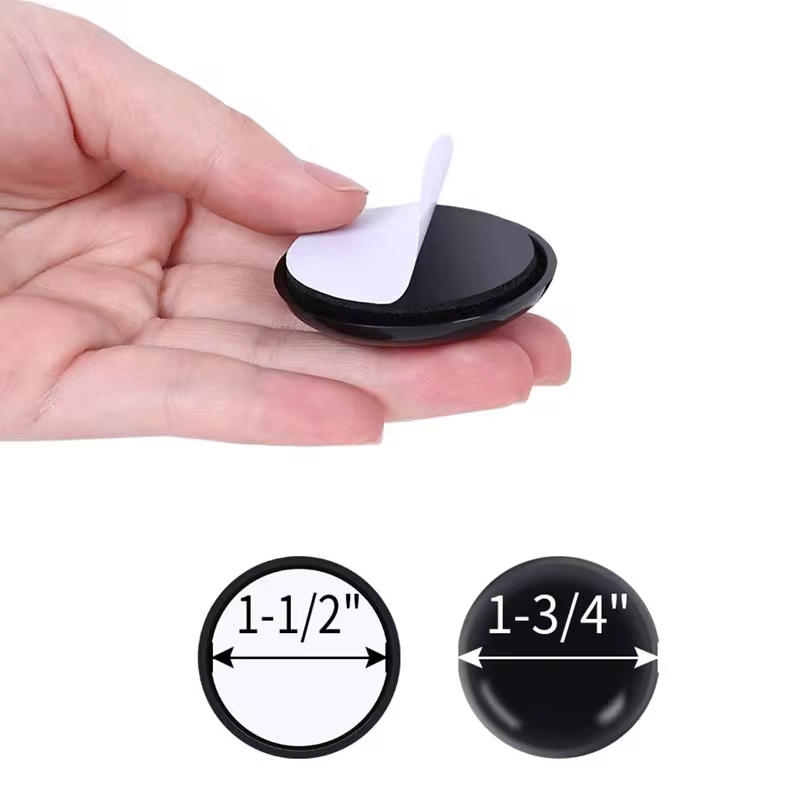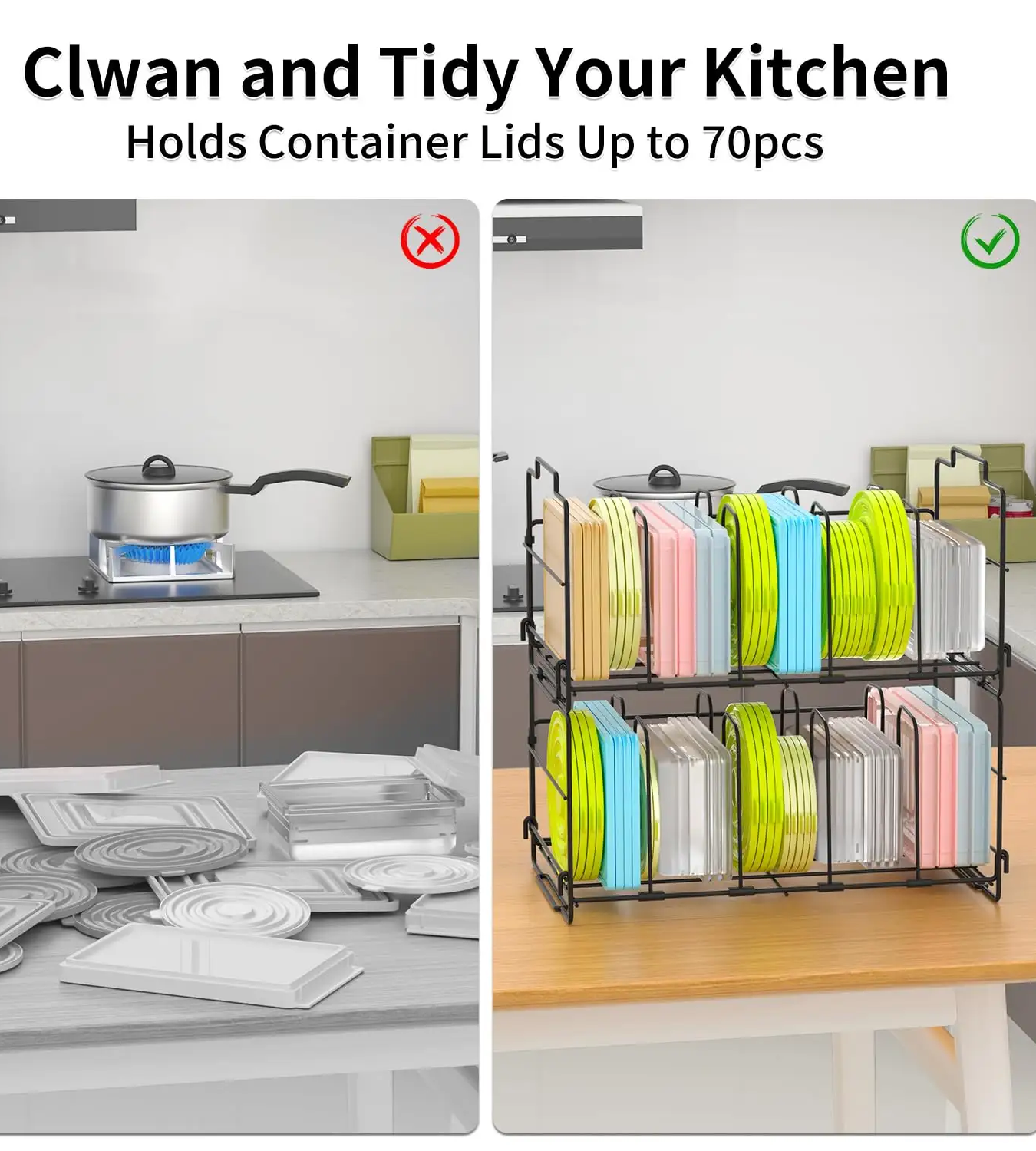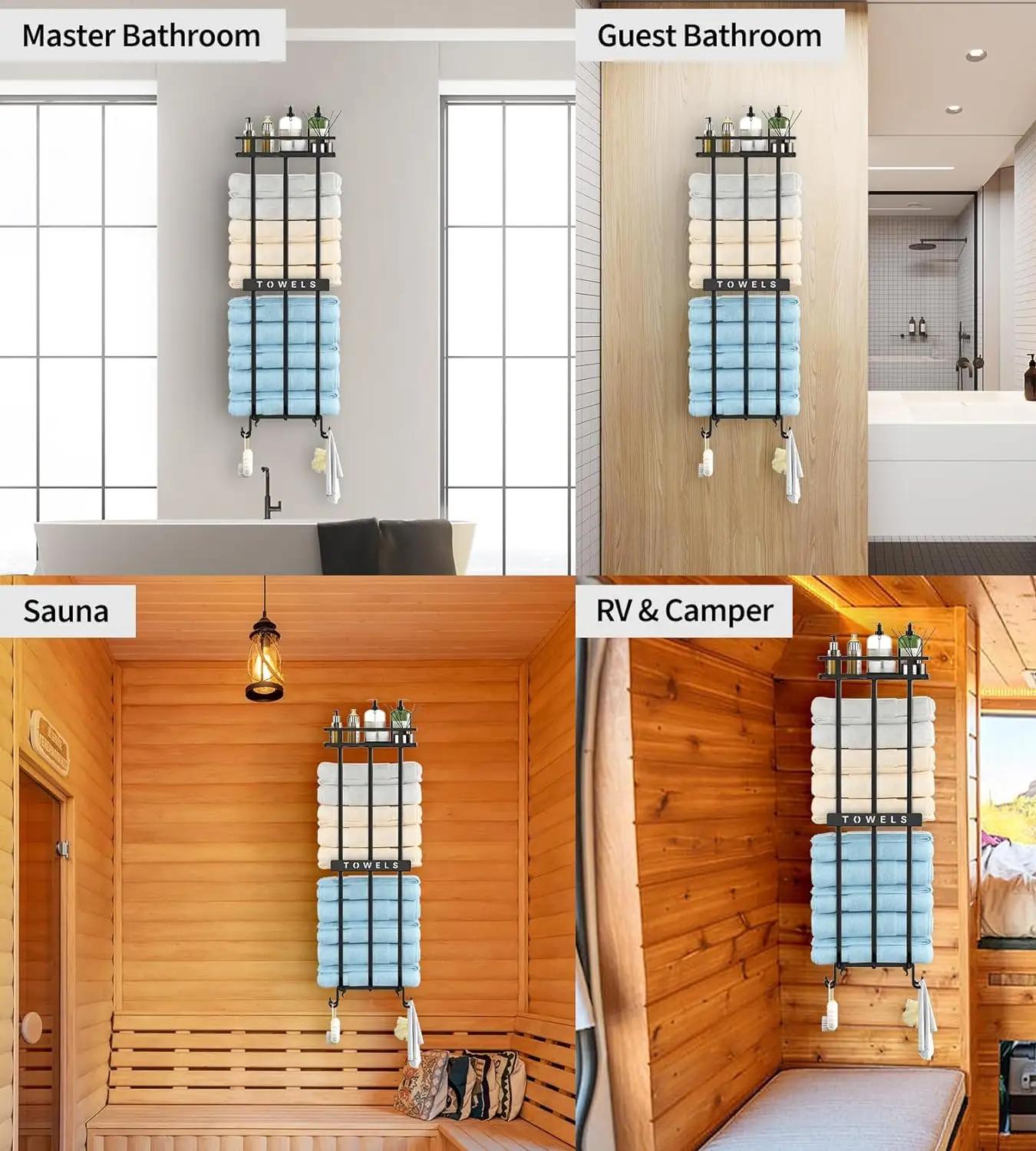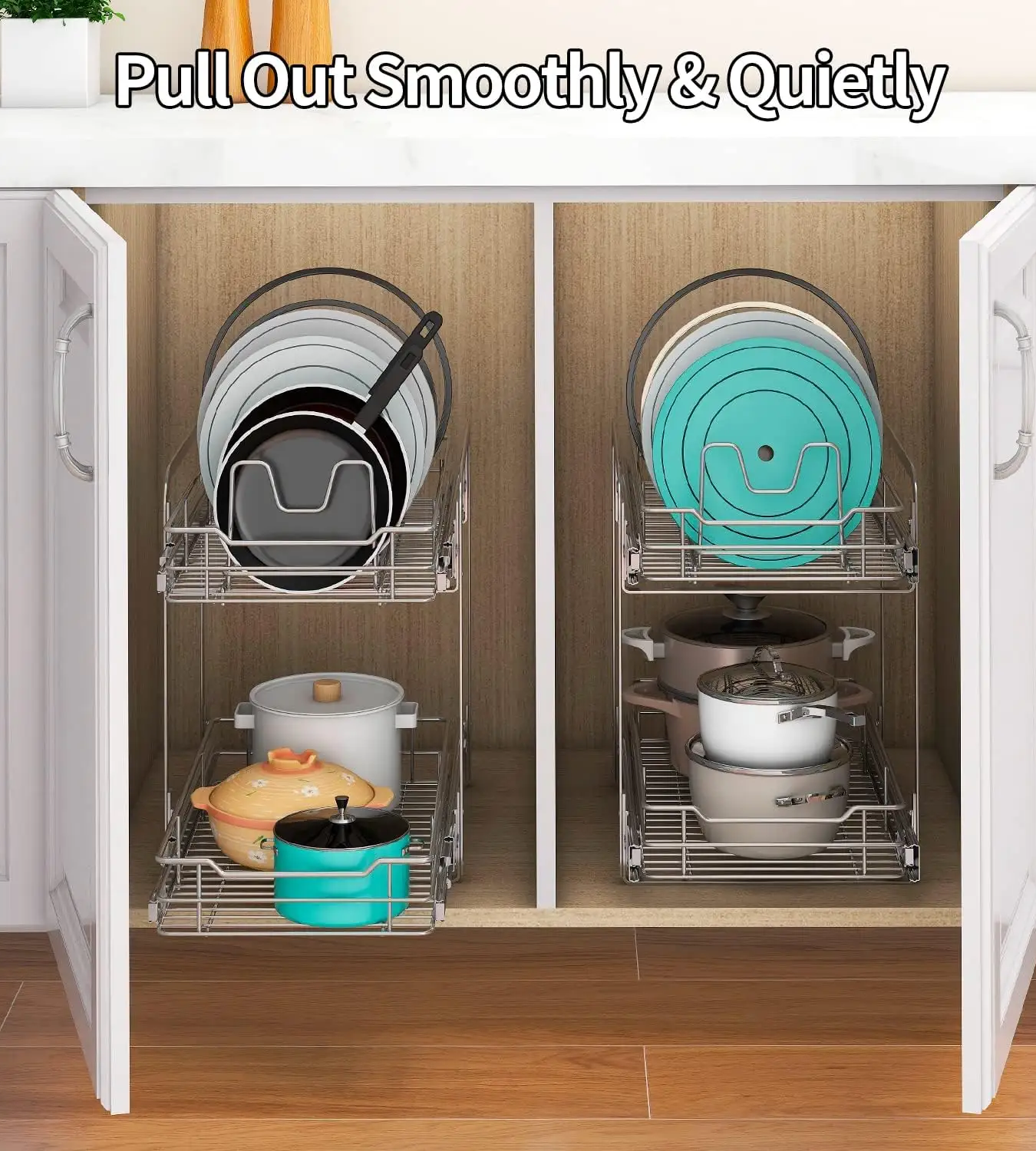Los protectores de patas de silla Floor Guard han sido un cambio radical para nuestra línea de muebles de oficina. La calidad y durabilidad son excepcionales, y nuestros clientes han notado una reducción significativa en los rasguños del suelo. Su servicio fue de primera categoría, haciendo que todo el proceso de adquisición fuera fluido y eficiente.
5.0
Juan Smith
Estamos extremadamente satisfechos con los protectores de patas de silla Floor Guard. La calidad del producto es excelente y se adapta perfectamente a nuestra diversa gama de sillas de oficina. La entrega rápida y el apoyo profesional de su equipo también han sido excepcionales.
5.0
Emma Müller
Los protectores de patas de silla de Floor Guard han superado nuestras expectativas. Ofrecen una gran protección y mejoran la longevidad de nuestro mobiliario de oficina. El alto estándar del producto y el servicio confiable de Floor Guard los convierten en una opción preferida para nuestro negocio.
5.0
Satoshi Tanaka y su familia
Estamos muy satisfechos con los protectores de patas de silla de Floor Guard. La calidad es excelente y han prevenido efectivamente cualquier daño a nuestros pisos. La eficiencia de su servicio y la capacidad de respuesta de su equipo son muy encomiables.
5.0
María González
Los protectores de patas de silla de Floor Guard han demostrado ser una excelente adición a nuestra oferta de productos. Proporcionan una protección confiable para el suelo y son de alta calidad. El proceso de pedido fue fluido y su servicio al cliente fue muy útil en todo momento.
5.0
Luca Rossi

 EN
EN
 AR
AR
 BG
BG
 HR
HR
 CS
CS
 DA
DA
 NL
NL
 FI
FI
 FR
FR
 DE
DE
 EL
EL
 HI
HI
 IT
IT
 JA
JA
 KO
KO
 NO
NO
 PL
PL
 PT
PT
 RO
RO
 RU
RU
 ES
ES
 SV
SV
 CA
CA
 TL
TL
 IW
IW
 ID
ID
 LT
LT
 SR
SR
 SK
SK
 SL
SL
 UK
UK
 VI
VI
 HU
HU
 TR
TR
 AF
AF
 MS
MS
 GA
GA
 LA
LA
 MN
MN
















